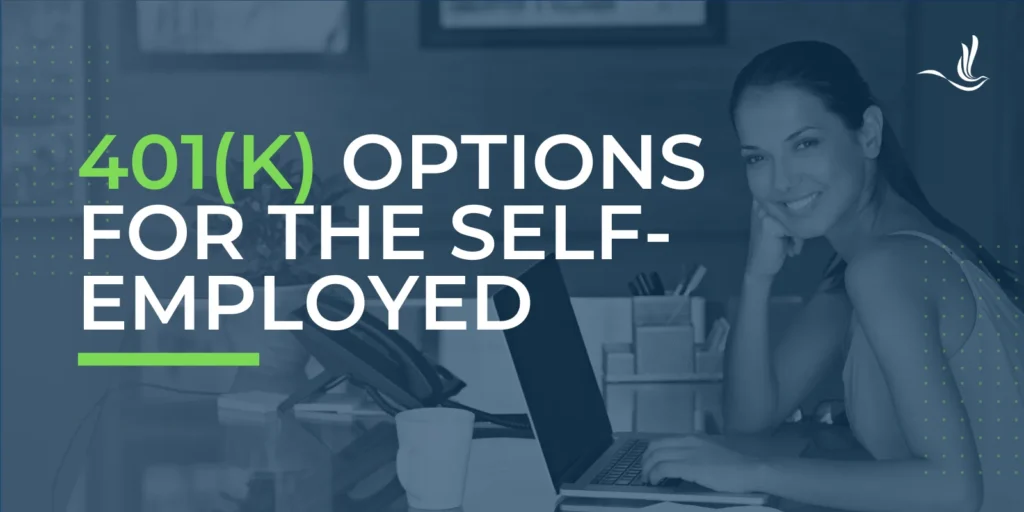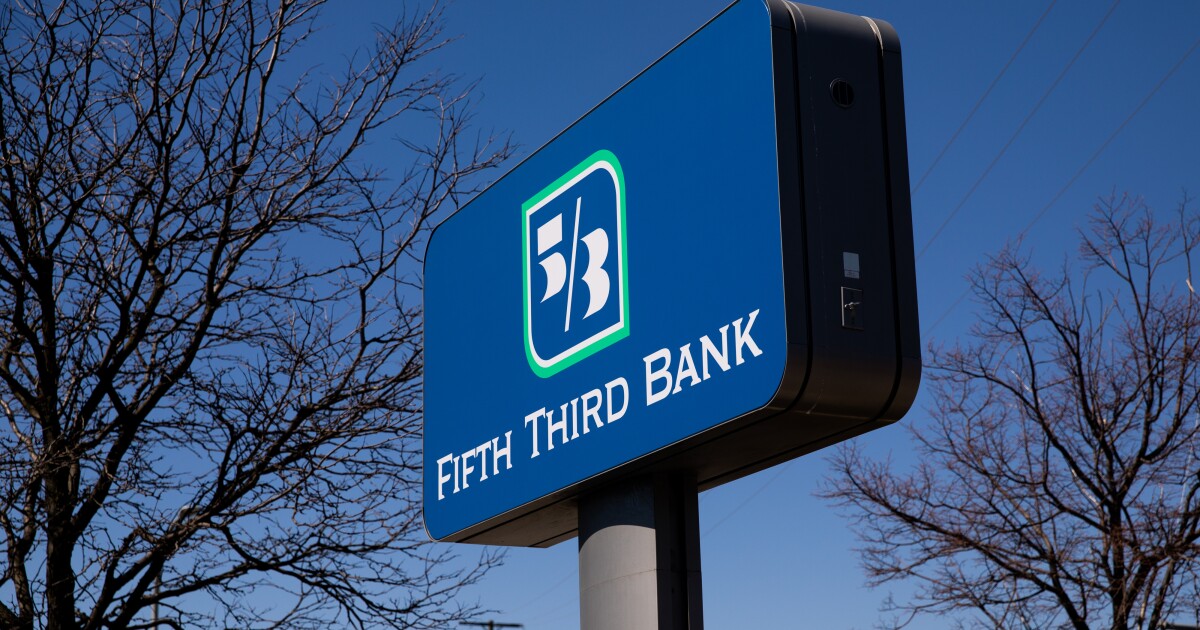As a self-employed individual, it might be easy to forget about putting money away for retirement. Unlike employees who might automatically enroll in a company-sponsored 401(k), self-employed professionals must proactively set up and manage their retirement plans. However, several 401(k) options are tailored specifically for the self-employed, offering some tax advantages and the opportunity to save for the future. This guide explores the primary 401(k) options available and provides insights to help you choose the best plan for your needs.
Solo 401(k)
A Solo 401(k), also known as an Individual 401(k) or Self-Employed 401(k), is designed for self-employed individuals with no employees other than a spouse. It combines features of a traditional 401(k) with the added benefit of higher contribution limits.
Contribution Limits
In a Solo 401(k), you can contribute both as an employer and an employee:
- Employee Contribution: Up to $23,000 (for 2024) or $305000 if you’re 50 or older.
- Employer Contribution: Up to 25% of your net earnings from self-employment.
The total contribution limit for 2024 is $9,000 (or $76,500 if you’re 50 or older).
Benefits and Drawbacks of Solo 401(k)s
Solo 401(k)s are great because they have high contribution limits which allows for substantial retirement savings. They also offer plenty of flexibility so you can adjust contributions based on your business’s performance. In addition, like employee-sponsored 401(k)s, you can borrow from your 401(k) if needed. On the other hand, these accounts require a more complex setup and annual reporting if your account balance exceeds $250,000. Also, if you hire employees of your own, you may need to switch to a different retirement plan to accommodate them.
SEP (Simplified Employee Pension)
A SEP is a type of Individual Retirement Account (IRA) designed to provide a simple, tax-advantaged way for self-employed individuals and small business owners to save for retirement.
Contribution Limits
Employers can contribute up to 25% of each eligible employee’s compensation, with a maximum limit of $69,000 for 2024. Unlike some other retirement plans, employees do not make contributions to their SEP IRA. All contributions are made by the employer.
Benefits and Drawbacks of SEPs
SEPs are good because they offer high contribution limits, are easy to set up and maintain, and offer flexibility. In addition, contributions are tax-deductible, and investments grow tax deferred. However, there are some limitations as they only allow employer-only contributions and do not offer catch-up contributions for those aged 50 and older.
SIMPLE (Savings Incentive Match Plan for Employees) IRA
A SIMPLE IRA is suitable for self-employed individuals and small businesses with fewer than 100 employees. It’s easier to set up than a Solo 401(k) but has lower contribution limits.
Contribution Limits
There are different contribution limits for employees and employers. In 2024, employees can contribute up to $16,000. Employees aged 50 and over can make an additional catch-up contribution of $3,500, for a total limit of $19,500. Employers are required to make contributions to their employees’ SIMPLE IRAs. They have two options for contributing:
- Matching Contribution: Employers can match employee contributions dollar-for-dollar up to 3% of the employee’s compensation.
- Nonelective Contribution: Employers can contribute 2% of each eligible employee’s compensation, regardless of whether the employee makes any salary deferrals. The compensation limit used to determine these contributions is $330,000 for 2024. In addition, the SECURE 2.0 Act allows employers to make an additional 10% nonelective contribution per employee, up to $5,000.
Benefits and Drawbacks of SIMPLE IRAs
SIMPLE IRAs are great for their simplicity. In addition, employer contributions are tax-deductible. However, there is less opportunity for high savings compared to a Solo 401(k) or SEP IRA. SIMPLE IRAs also require employer contributions, which may be a drawback during lean business periods.
Choosing the Right Plan
Selecting the right 401(k) option depends on several factors, including your business’s financial health, your retirement goals, and your preference for simplicity versus contribution flexibility. Higher earners might benefit more from a Solo 401(k) due to higher contribution limits. Sole proprietors and single-member LLCs might prefer a Solo 401(k) or SEP IRA, while businesses with a few employees might consider a SIMPLE IRA. If ease of setup and maintenance is crucial, a SEP IRA or SIMPLE IRA might be preferable. If you want the option to take loans or need adjustable contributions, a Solo 401(k) is advantageous.
Tax Help for Self-Employed Individuals
For the self-employed, planning for retirement requires careful consideration of various 401(k) options. Each plan has its unique advantages and limitations. By understanding these differences and aligning them with your financial goals and business structure, you can make an informed decision that maximizes your retirement savings potential. Whether you opt for the high contribution limits of a Solo 401(k), the simplicity of a SEP IRA, or the structured contributions of a SIMPLE IRA, taking proactive steps towards retirement planning is a crucial component of long-term financial security. Optima Tax Relief has a team of dedicated and experienced tax professionals with proven track records of success.
If You Need Tax Help, Contact Us Today for a Free Consultation
Publisher: Source link











